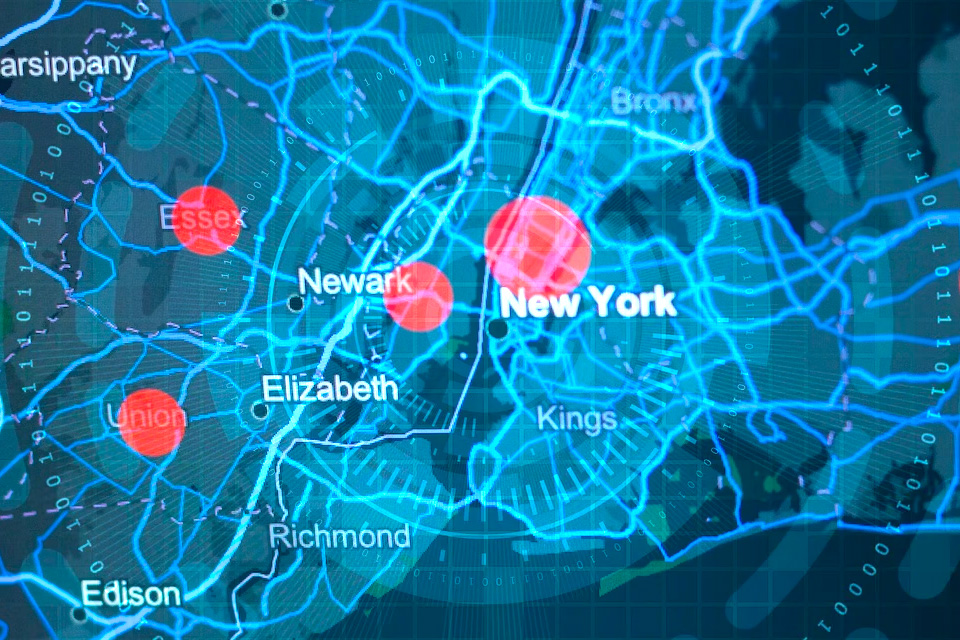Introduction
The World Wide Web allows us to connect to people all over the globe, but you can still put limits around real geographical regions.
Maybe you’ve heard of geolocation, which knows exactly where you are on the map. That’s what allows you to tag where a picture was taken on Instagram, browse TikToks taken at specific locations, and ask Google questions like “things to do near me!”
Geofencing takes that concept even further. It uses GPS (Global Positioning System), RFID (Radio Frequency Identification), Wi-Fi, or cellular data to create a virtual boundary or perimeter around a physical location.
When a device, such as a smartphone, enters or exits this defined area, it triggers certain actions or notifications!
When Do We Encounter Geofencing IRL?
Geofencing is commonly used in applications like location-based marketing, fleet management and access control.
You probably encounter geofencing every day at work, without even realizing it!
It can be used to enforce access control policies based on where you are physically located. For example, your organization might use geofencing to allow or restrict access to certain sensitive systems or data, based on the user’s position. If you use some kind of time keeping system, they might prevent you from clocking in off-premises.
Geofencing can enhance security by preventing unauthorized access to your most sensitive data!
Common Uses for Geofencing
What if you wanted to restrict communication of sensitive data to very specific regions? This technology works for that too!
If a company operates in a region with strict data privacy laws, they might use geofencing to block users from transferring data to countries with less stringent regulations. This can help prevent data leakage and ensure compliance with data protection laws!
Not all of us work in an office anymore, though…
If you work remotely all or even some of the time, then geofencing can help with secure mobile device management and flexible workplace policies. Your company might enforce security measures, such as requiring stronger authentication or encryption, when devices are used outside approved geographic areas.
Your IT experts might also use it to manage or restrict access to their internal network from specific geographic regions known for high levels of cybercrime or hacking. Given how quickly cyber-threats evolve and move around, this can be extremely useful as these trends change!
If a user’s account is accessed from a location that is unexpected or unusual based on their usual patterns, that can also indicate a compromised account (this is why it’s important to inform your boss if you plan on working from somewhere new!). Geofencing could trigger alerts in such cases, kickstarting your company’s incident response plan. Limiting network access or data flows to specific areas can help to mitigate the spread of such an attack, too!
Conclusion
There are tons of places where you might—and probably already do—encounter geofencing all of the time, just by going about your day. It tells your phone to show ads for things to do in your city and not the next one over. It helps you securely access your workplace documents when you’re out of the office for any reason, while simultaneously keeping company secrets safe and secure.
While geofencing can provide certain security benefits, it is not a standalone solution. Instead, use this technology as part of a comprehensive cybersecurity framework. Remember: It takes a village! That’s true in cybersecurity, too.



